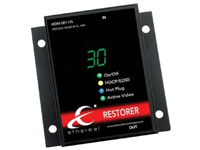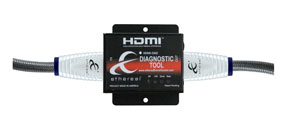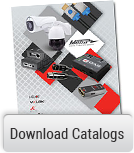Potential Installation Issue with New TV Displays
Tuesday, March 15, 2016 3:05:04 PM America/New_York
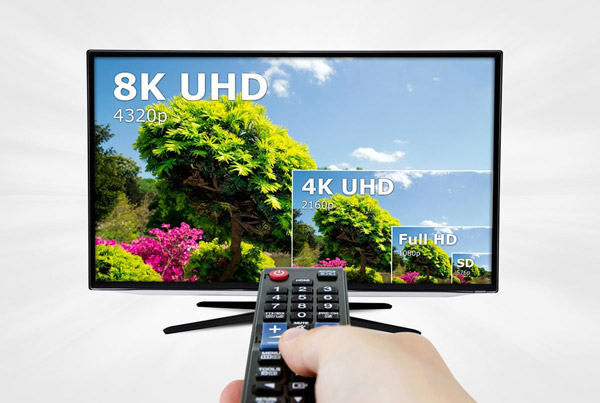
As a Custom Installer, it’s common knowledge that the source does not provide the voltage and current for its own digital output. This is instead provided by the display’s HDMI® input. What installers probably do not know is that 4K, 4:4:4 color and HDR has now changed how TV manufacturers are making their displays.
To provide 4K, 4:4:4 color and HDR, display manufacturers have to cut corners and stay competitively priced. To provide this technology at a lower cost, manufacturers reduced the number of display side power supplies. In addition, there is less power provided and only enough to go about two meters to your source using a passive cable.
If your install is somewhere between 5 meters to 20 meters and you are using an active HDMI® cable powered by the display, you will not have a picture!
What do you do?
Misleading Cable Bandwidth Claims are Costing Custom Installers Time and Money. How is this Happening?
Wednesday, March 2, 2016 7:23:04 PM America/New_York

Metra Home Theater Group’s tech team has fielded numerous phone calls about home theater cables not supporting 4K — even though the packaging says it will support this technology. The practice of misleading consumers is not new but in the world of 4K technology, it is causing problems for custom installers.
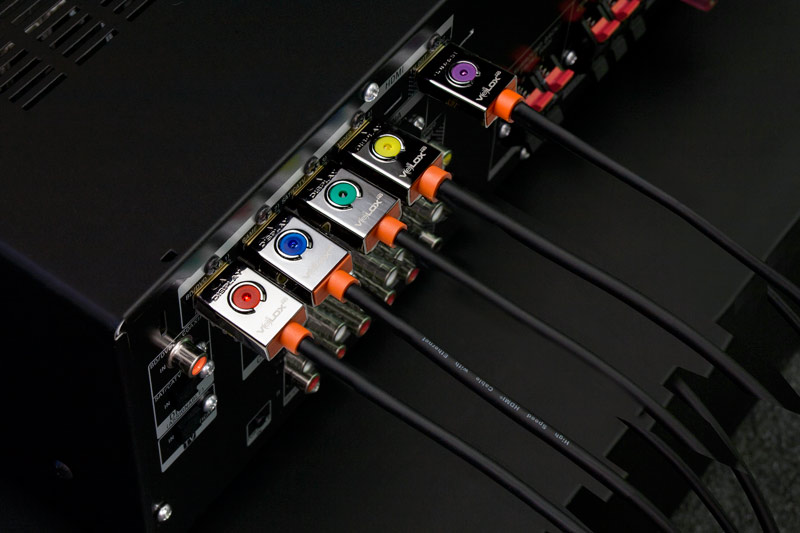
How can electronics companies get away with these false claims on their products? We’ve seen other manufacturers sell a cable claiming a “rated” bandwidth of 27 Gbps or even 31 Gbps on their HDMI® cables. However, it doesn’t work with 4k.
This is what we call “magic” math. If a signal can be measurable, certain manufacturers are measuring this and including this number to reach 27 and 31 Gbps. Keep in mind that this signal is not usable signal. This will make their cable “specs” look better, but it does not in any way make it perform better.
What Causes TV Screen Sparkles?
Tuesday, February 23, 2016 3:39:06 PM America/New_York
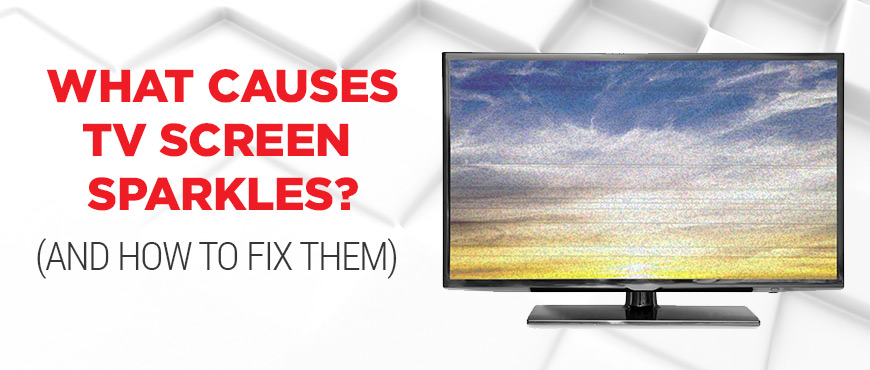
If your entertainment system is using passive HDMI® cables longer than 5 meters (16’), odds are you will have sparkles in your television picture. These long HDMI cable runs can cause disruption in the High Speed Data1 (*TMDS) causing the “Eye” pattern to collapse, which in turn causes sparkles in your picture.
Depending on the specs of your system, Metra Home Theater Group offers three options that will rebuild the “Eye” pattern and get rid of the sparkles:
- If you have a 1080P TV and your cables are distances of up to 30 meters (100’), use the HDM-SR1A in line at the display. This product has low speed data accelerators built in to keep the Eye Pattern intact.
- For 3D televisions and cable distances up to 30 meters (100’), use our HDM-SR1HS in line at the display to fix the eye pattern and get rid of sparkles.
- Our HDM-GA1 has built-in DDC Correction Circuitry and repairs EDID rise time while working in both directions. This product works to support 4K/60, 4:4:4 and/or HDR up to 17 meter (60’) cable runs and is installed at the display.
Three Products Every Custom Installer Needs
Tuesday, February 16, 2016 6:26:32 PM America/New_York
A Custom Installer is only as good as the tools in his or her toolbox. Without the right tools for the job, diagnosing common home theater installation issues will be tricky and time consuming. Furthermore, without the latest technology, you may be cutting your home theater installation project short of its full potential.
We asked the pros at Metra what every Custom Installer should bring to their installation project. Here are the top three must-have products from Ethereal for every CI’s toolkit:
- HDM-JR — This speeds up switching, removes audio dropouts, and stops HDCP failures as well as mode out of range problems.
- HDM-DAD — This is the tool for EDID diagnostics and monitoring. Check your HDMI® system for correct 5V, hot plug detect, clock, and data. See the status of the data tested via LED indicators.
- HDM-SUPERDAD — Under our EHD brand, this product takes low speed data to new levels. In addition to cleaning up the corrupted EDID signals, it also repairs 5–volt issues and hot plug detects. The SUPERDAD also allows for some unique installation specific solutions. For example, the EDID and CEC can both be disabled via dip switches on the side of the chassis.
How to Install an M3B System
Friday, January 29, 2016 7:51:48 PM America/New_York
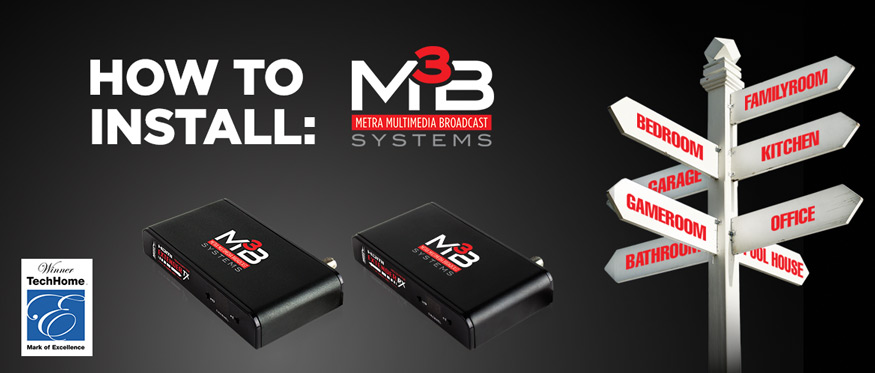
We have made multi–room AV distribution easy with our M3B system and this post will outline out the easy steps to install this system.
You will need to answer the following questions to begin designing and laying out your M3B system:
-
How many sources and displays will be in this system?
There are two primary devices: the source side encoder (M3B–TX1) and the display side decoder (M3B–RX1). You will need one of each of these devices for each source and display in your system.
For example, if you want your DVD player to display on the two TVs in your system, you will need a source side encoder (M3B–TX1) for the DVD player and two display side decoders (M3B–RX1) — one for each TV in the system. -
What is the total amount of COAX you will need for this system?
“RF” components such as Coax, Splitters, and “F” terminations are also needed in addition to your sources, displays, and HDMI® cables.



